Watersheds: How manual lymphatic drainage reduces swelling through your body’s pathways.
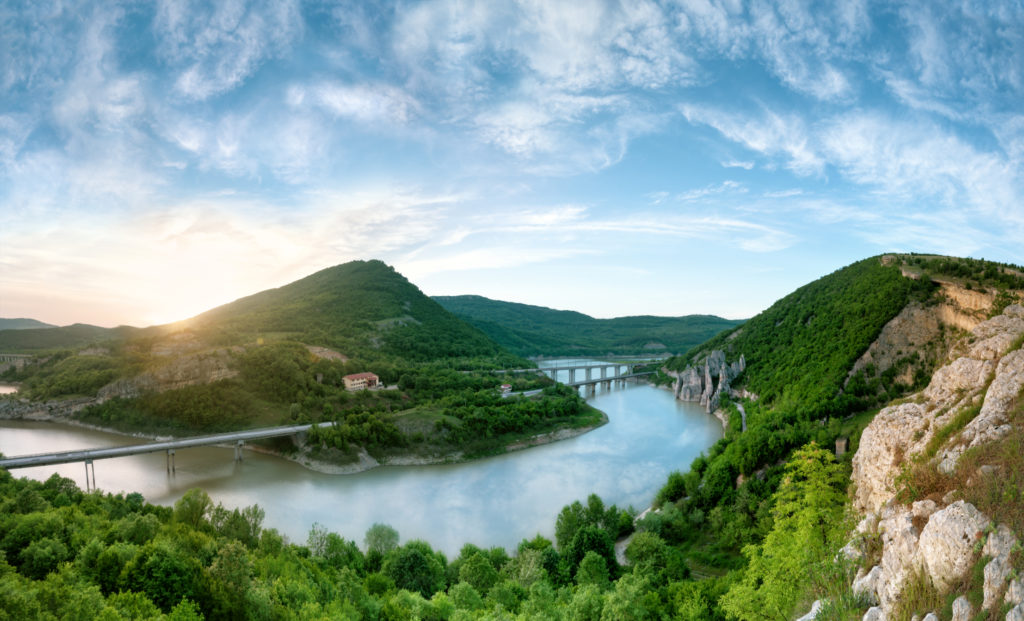
When I think of a watershed, I see images of beautiful expansive mountains, running glacial
streams and fresh air – Nature at its most expressive, and full of life. Today we discuss the body’s natural watersheds, and how a specialized massage technique, called Manual Lymphatic Drainage, helps to reduce swelling through your lymphatic pathways.
You may be wondering:
A watershed is:
“a land area that channels rainfall and snowmelt to creeks, streams, and rivers, and eventually
to outflow points such as reservoirs, bays and the ocean.” National Ocean Service U.S.A.
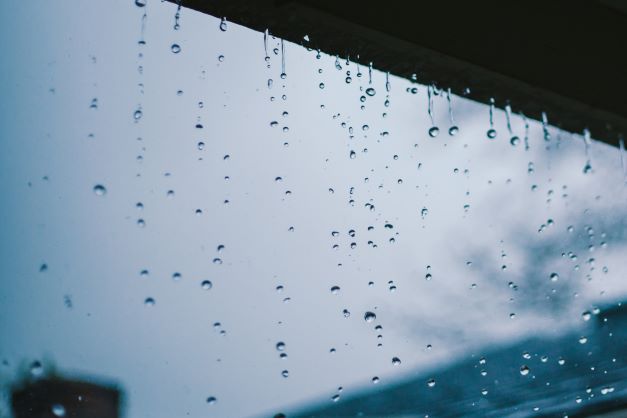
Gravity directs water drops through various channels towards bigger bodies of water. This process helps flora and fauna along the way.
Essentially, water closest to the sky falls down.
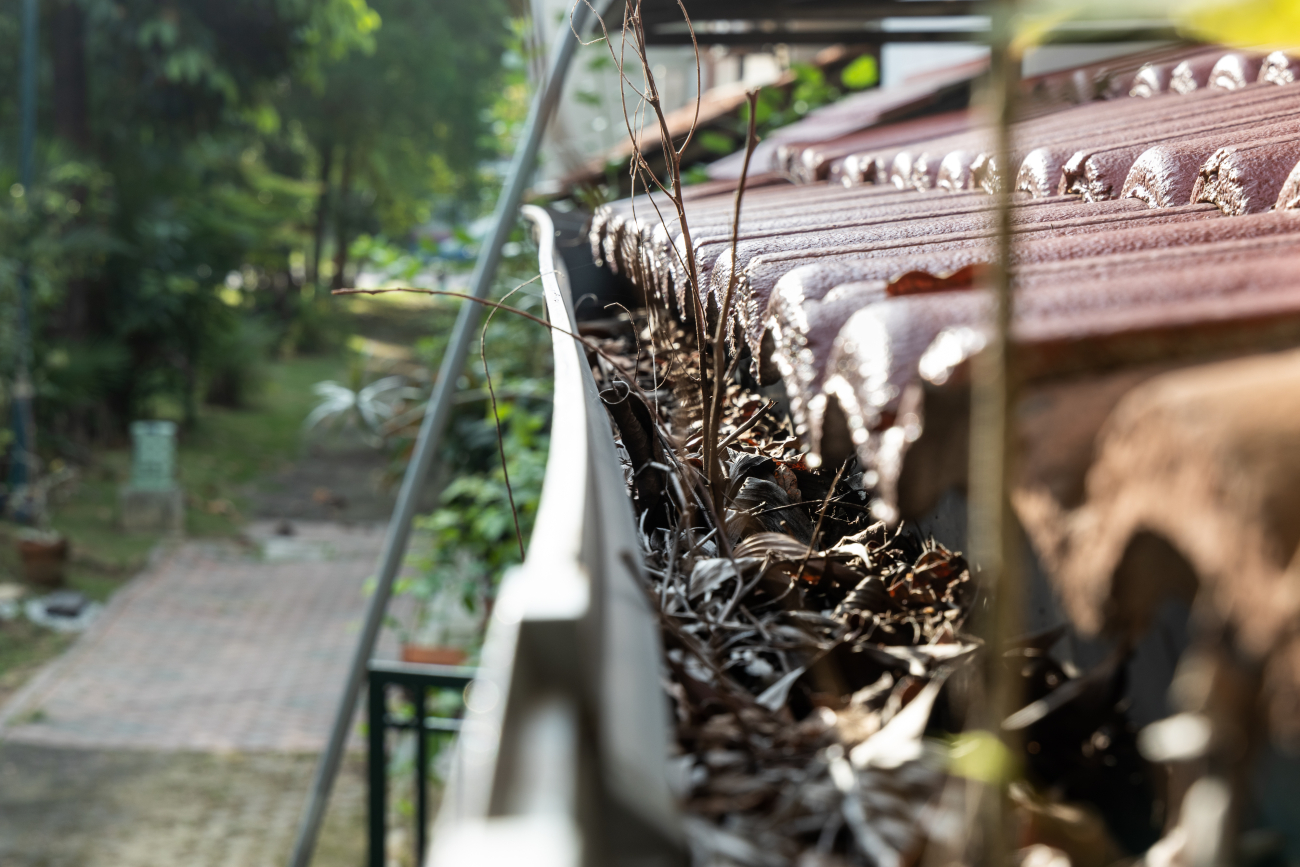
The water is changed and altered. Finally, this water evaporates back up into the atmosphere, so that the cycle may start all over again.
This helps not only with climate regulation, but also many various ecosystems function optimally.
How does this relate to the human body?
Believe it or not, the human body too has its own watershed system, called the lymphatic
system.
The lymphatic system uses the same gravity driven methods as water in nature, travelling into
larger pools of fluid. As water in nature, lymphatic fluid serves many purposes along the way:
Examples of internal environments that block the natural watershed
pathways of the lymphatic system:
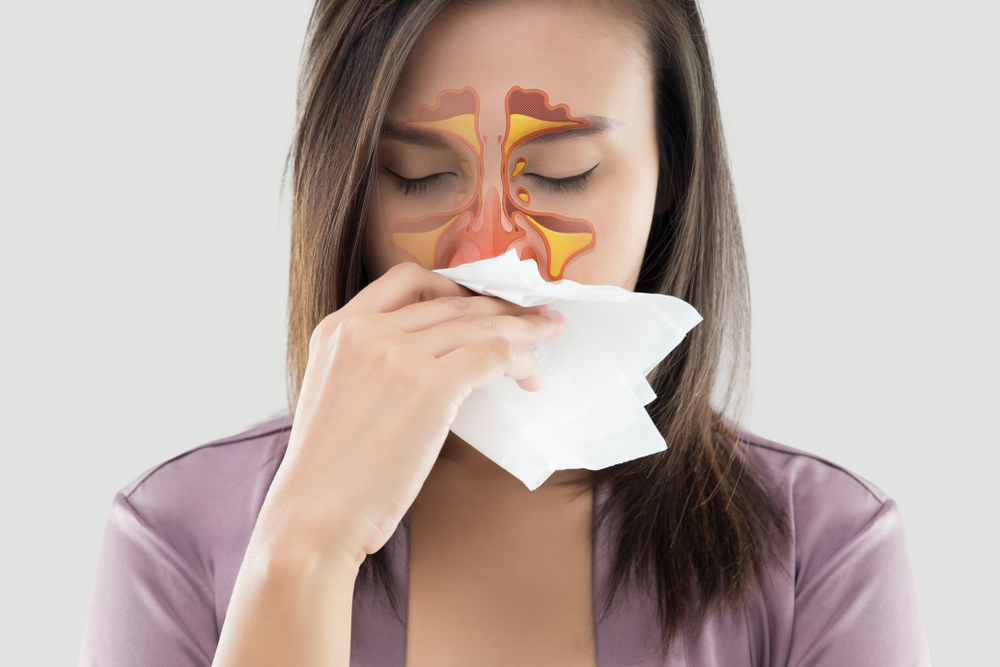
Congestion irritates and clogs sinuses.
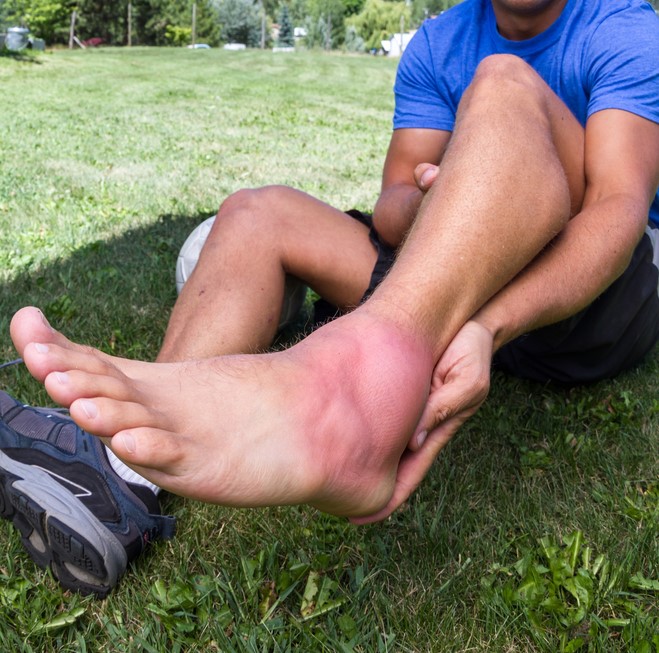
Inflammation suddenly floods a sprained ankle.
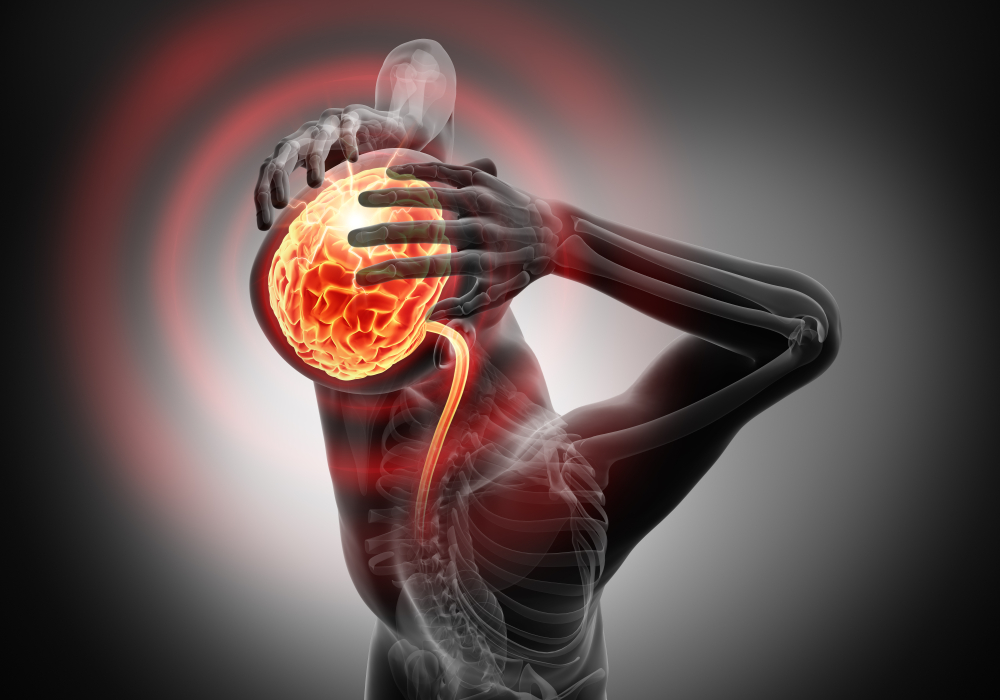
Hormones fluctuate, and triggers a migraine.
Our bodies will recover with time, but some of these situations (similar to a natural disaster) can take time to clear up, and they can be painful or uncomfortable during that process.
Manual lymphatic drainage helps with recovery much like supportive care during environmental disasters. This massage technique redirects additional fluid by clearing the path along the body’s watershed pathways, and by assisting the body with draining excess fluid more quickly.”
Impacts of Manual Lymph Drainage:
• Reduces pain
• Reduces bruising
• Reduces swelling
Ultimately, manual lymph drainage helps you get back on your feet, and “clears the air” – or
water in this case. This helps the cycle reset and get back into natural rhythm, as it were.
So, the next time you look up to the sky as rain falls on your face, consider along what
watershed pathway this rain travelled. And ask how you can help to regulate and assist your
own internal watersheds in the future.
